During the late 1970s, an ambitious project was initiated that would permanently alter the realm of personal computing. It all started with the Macintosh project, a bold proposal by Jef Raskin.
Initially met with skepticism, the Macintosh would go on to revolutionize the way people interacted with computers. This is the birth story of Macintosh, its unique design process, the innovative hardware it introduced, and the challenges overcome by its dedicated team.
The Birth of the Macintosh

One key figure in the birth of the Macintosh was Burrell Smith, a talented engineer who played a crucial role in the project. With his expertise in hardware design, Smith was instrumental in creating an impressive prototype that showcased the potential of Macintosh's capabilities. This prototype caught the attention of the Apple team and sparked excitement for what could be achieved.
However, despite the promising start, the Macintosh project faced numerous difficulties that nearly led to its cancellation. Limited resources, technical challenges, and internal skepticism doubt its feasibility. Many believed that the project needed to be more ambitious and would struggle to compete with other personal computer options available at the time.
Macintosh's future changed dramatically when Steve Jobs, one of Apple's co-founders, assumed project leadership. Recognizing its potential, Jobs assembled a dedicated design team, including talented individuals like Susan Kare and Andy Hertzfeld.
This team was driven by a shared vision to create a user-friendly and visually appealing computer to revolutionize the industry. To ensure the success of the Macintosh, Jobs fought for an increased budget and expanded the team.
Designing the Macintosh

The design of the Macintosh drew inspiration and references from Apple's previous project, the Lisa computer. Lisa's graphical user interface (GUI) and mouse-based interaction provided a foundation for Macintosh's design principles. The team recognized the importance of creating a visually appealing and intuitive interface to simplify computer usage for a wider audience.
Building upon Lisa's groundwork, the Macintosh design team sought to refine and enhance the user experience.
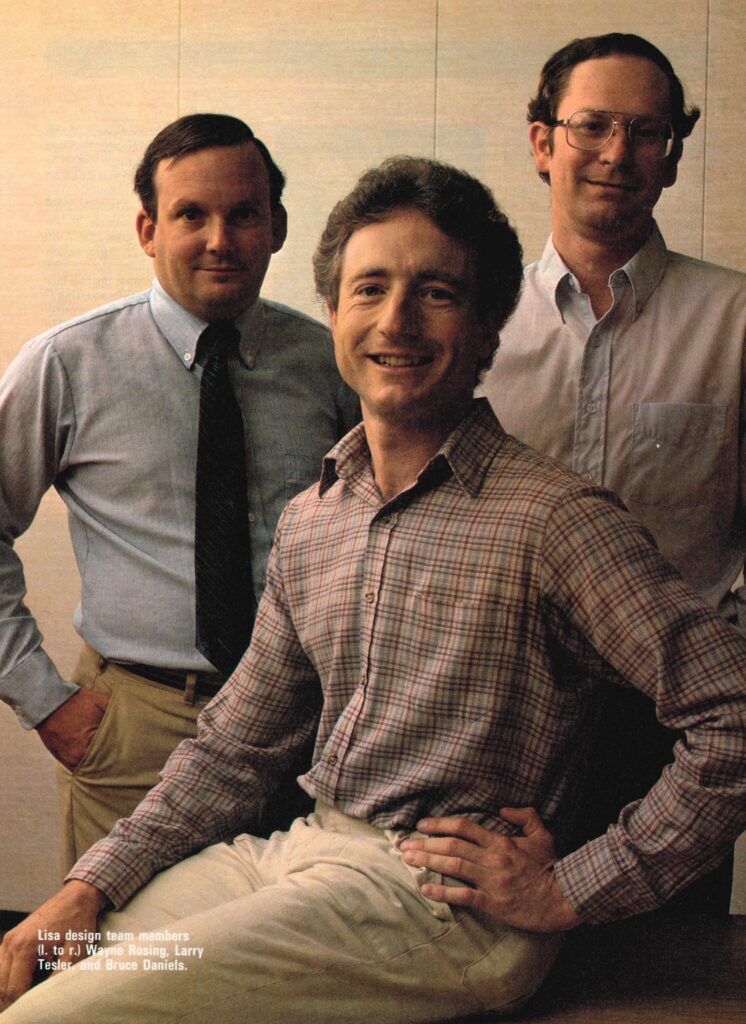

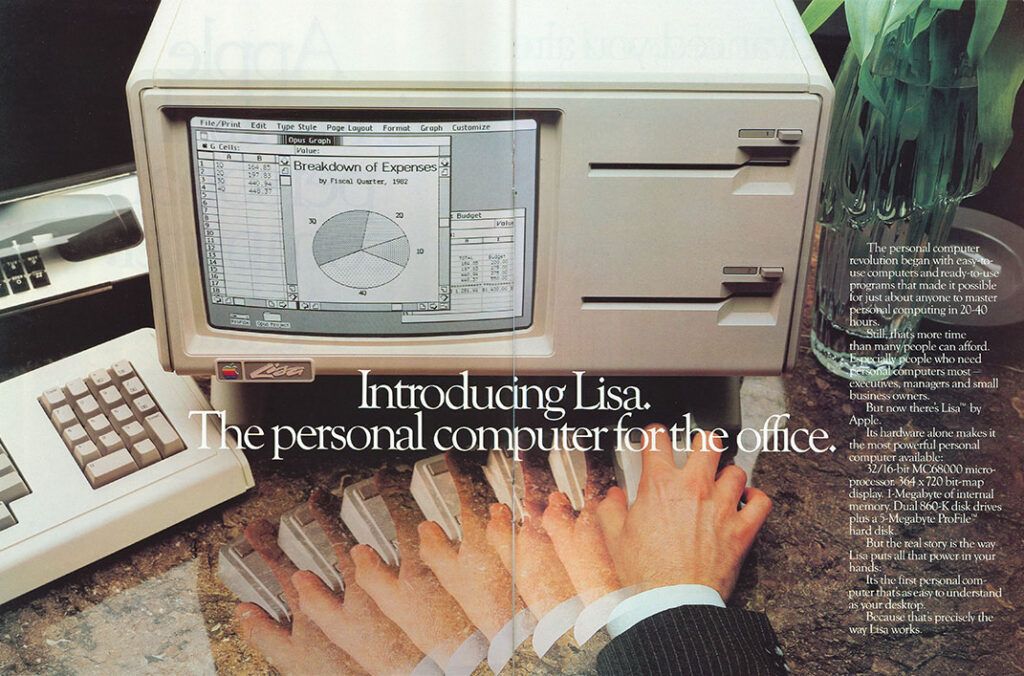


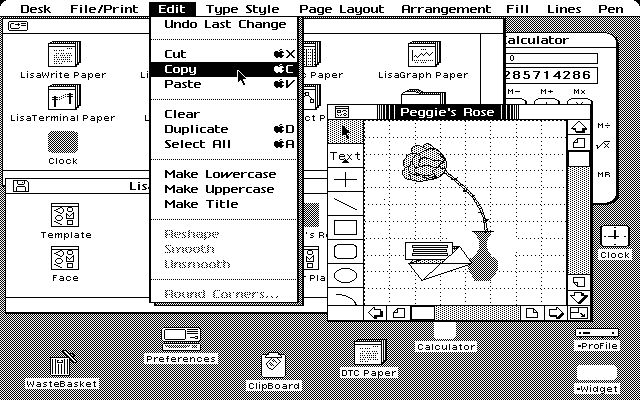
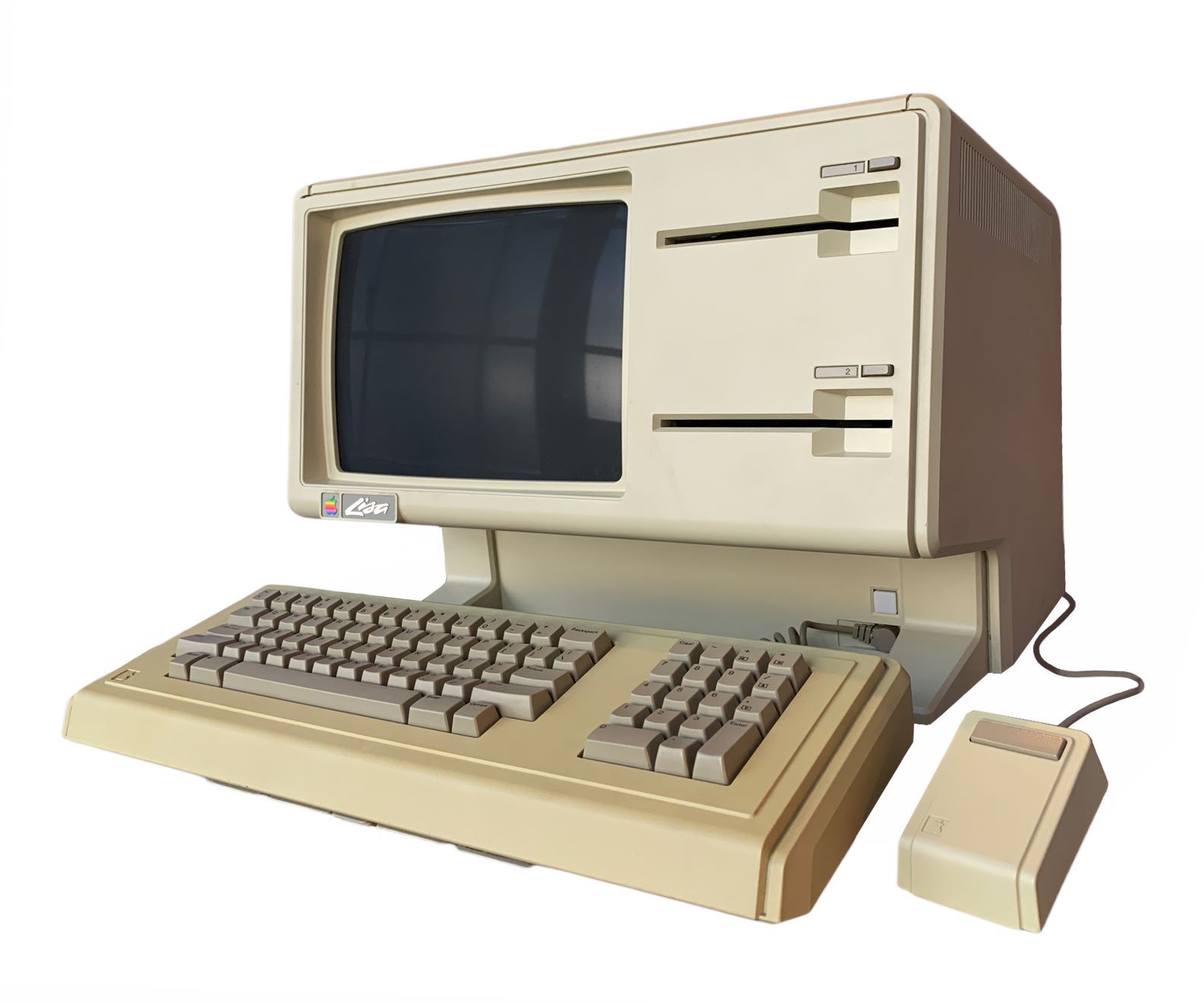

One of the significant challenges the Macintosh team faced was the need to redesign software applications to operate within the hardware constraints. The early Macintosh computers' limited processing power and memory capacity required a meticulous approach to software development.

To address these constraints, the team adopted an iterative design process. They continuously refined and optimized the software to improve performance, responsiveness, and overall user experience. Each iteration brought them closer to creating a powerful and efficient software ecosystem for Macintosh.
The design process for the Macintosh followed an iterative approach, allowing the team to experiment, receive feedback, and make improvements at every stage. Each team member had specific responsibilities and areas of expertise, ensuring every aspect of Macintosh's design received meticulous attention.

From hardware engineers to graphic designers, software programmers to usability experts, each individual played a crucial role in shaping Macintosh's design.
One of the defining aspects of the Macintosh's design was the seamless integration of hardware and software. The team recognized that both components must work harmoniously to achieve optimal performance and user experience.
Unique Working Environment
The working environment at the Macintosh project was unlike any other. The team operated out of a building known as the Texaco Towers, which had a unique layout resembling a house rather than a traditional office space. This unconventional setting fostered a sense of creativity and collaboration among the team members.

In addition to the unique office space, the Macintosh team enjoyed a flexible work schedule. Unlike rigid 9-to-5 hours, team members could choose their work hours, allowing optimal productivity and personal work preferences.
Another interesting aspect of the Macintosh project was the undefined development schedule. Instead of strict deadlines, the team focused on continuous improvement and iteration, adapting their plans based on progress and feedback.

To stay on track and maintain a sense of direction, the team held weekly progress meetings with Steve Jobs himself. These meetings provided an opportunity to discuss advancements, address challenges, and align their efforts with Jobs' vision for Macintosh.
Furthermore, competitor analysis played a crucial role in the development process. The team regularly analyzed the products and strategies of other companies in the industry, seeking inspiration and insights to ensure that Macintosh would stand out from the competition.
Macintosh Hardware

The hardware of the Macintosh computer was carefully designed to deliver a powerful and user-friendly experience. The team made simplified and efficient design choices to ensure optimal performance and ease of use.
One of the key components of the Macintosh hardware was the use of the 68000 microprocessor. This processor was chosen for its advanced capabilities, allowing the Macintosh to handle complex tasks and deliver faster processing speeds.
In addition to the processor, the Macintosh featured a customized operating system and memory management system. These tailored software components were designed specifically for the Macintosh hardware, optimizing its performance and ensuring efficient memory allocation.

The Macintosh also introduced a unique file structure and toolbox for the user interface. This innovative approach simplified file management and provided users intuitive ways to interact with their files and applications.
The Macintosh leveraged serial ports, connecting external devices such as printers and modems. This expanded the capabilities of the Macintosh and made it a versatile tool for various tasks.
The Macintosh hardware also supported concurrent processing, allowing for the execution of multiple tasks simultaneously. This multitasking capability enhanced productivity and efficiency for users.
The Macintosh Factory

The Macintosh factory played a crucial role in the production and assembly of the groundbreaking computer. Let's delve into the details of this unique manufacturing process.
One key figure in managing the finances of the Macintosh project was Debi Coleman. She was pivotal in ensuring the project stayed within budget and helped establish cost-control measures for the venture's success.
The factory was located in Fremont, California, and it was a collaboration hub between the designers and the production team. This close collaboration allowed for the seamless integration of design elements and manufacturing considerations, resulting in a streamlined production process.

The concepts of "just-in-time" inventory and zero-defect parts were implemented in the Macintosh factory. These principles emphasized the importance of minimizing inventory and ensuring the highest quality components, which reduced waste and improved overall efficiency.
The manufacturing process for the Macintosh was a continuous journey of gradual automation and experimentation. The team at the factory sought ways to automate repetitive tasks while maintaining the utmost attention to detail and quality control.
Assembly stations and flexible production lines were set up to accommodate the intricate assembly process of the Macintosh computers.
Overcoming Challenges

Designing and developing the Macintosh had its fair share of challenges. Let's explore the hurdles the team encountered and how they overcame them.
Deadline pressures and the announcement of IBM's personal computer posed significant challenges for the Macintosh team. The race to release a groundbreaking personal computer intensified, and the team had to work diligently to meet their targets while watching the competition.

Circuit density and display resolution were two technical hurdles that required innovative solutions. The team had to tackle the challenge of fitting all the necessary components within the limited space while ensuring a high-quality display. They employed creative design techniques to address these issues and deliver an impressive user experience.
Designing the custom chip was a pivotal task that required meticulous attention to detail. The team invested significant time and effort into creating a chip to enhance the Macintosh's performance. They explored alternative solutions and experimented with various designs to achieve the desired outcome.
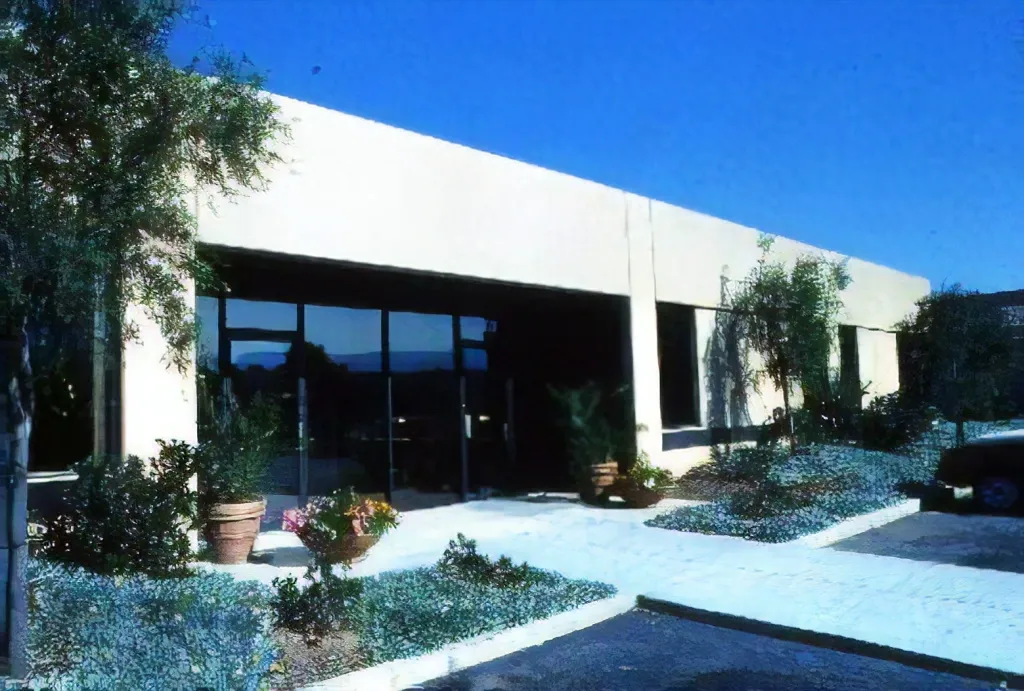
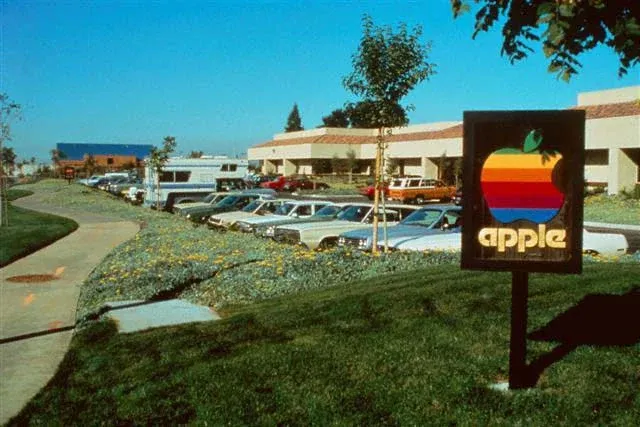
The team faced additional challenges to relocate Macintosh offices and resolve design problems. The move to a new location brought logistical and operational hurdles, but the team overcame them with determination and effective collaboration. They also tackled design problems head-on, employing their expertise and commitment to refining the product.
Sound and Final Touches
In the quest to create an exceptional user experience, the Macintosh team paid close attention to sound generation and final touches.
The evolution of sound generation in the Macintosh went beyond a simple register. The team worked to develop a four-voice generator, which allowed for more sophisticated and immersive audio capabilities. This innovation contributed to the overall user experience and set Macintosh apart from its competitors.
Mr. Jobs' involvement in product definition and casing design was instrumental in shaping Macintosh's final touches. His keen eye for detail and commitment to aesthetics ensured that Macintosh's design was functional and visually appealing. The casing design became an iconic feature of the Macintosh and added to its allure.

Preventing radiation leakage and implementing a connector-less design were important considerations for the Macintosh. The team took measures to minimize radiation emissions, ensuring user safety and regulation compliance. Additionally, the connector-less design streamlined connectivity and enhanced the overall user experience.
The Macintosh story serves as an inspiring tale for designers, engineers, and entrepreneurs. It emphasizes teamwork, perseverance, and seeing challenges as opportunities to grow professionally and personally.
But more than that, its creation was Steve Jobs' vision manifested with the dedication of an entire team pushing limits and expanding what was possible at its creation.

At its heart, the Macintosh symbolizes human creativity and the profound impact that dedicated teams can have in changing the world.
It stands as an enduring testament to innovation, reminding us all that extraordinary things can be created when passion, collaboration, and relentless pursuit of excellent work are in unison to produce something extraordinary.
Ultimately, its story inspires us to dream big and push beyond conventional notions of what's possible!
Sources: spectrum.ieee.org / folklore.org













